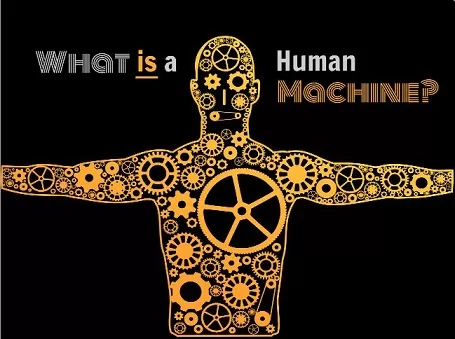How to Be a Better Shoveler
by Bill Canady in PGOS Influencers
September 21, 2023

Most businesspeople respect and even revere Peter Drucker. Far fewer remember Frederick Winslow Taylor and, if they do, may not so much revere him as blame him for trying to turn people into machines. But Drucker believed that Taylor’s work was responsible for an “unprecedented rise” in the productivity of the “manual worker.” And that, Drucker said was a really good thing.

Born in Germantown, PA, in 1856, Taylor set out to be a lawyer but reading lawbooks with his severely astigmatic eyes gave him unbearable headaches. So, Harvard educated as he was, he went to work as a patternmaker and machinist at a Philadelphia pump company. He rose quickly and by the 1880s became a foreman at the Midvale Steel Works in Nicetown, Pennsylvania. Bad eyesight and all, he observed operations at the plant minutely.
We have all been taught that the industrial revolution was all about making great strides in productivity through technology. Taylor wasn’t convinced. He observed that despite the growing mechanization at the Midvale plant, the rate of production was still largely dependent on the pace and methods set by not the least skilled workers but the most skilled. The idiosyncrasy of the craftsman, Taylor concluded, actually retards the rate of production. To optimize productivity, Taylor reasoned, managers, not workers, must take control of all processes, prescribing each method employed and movement made. The managers were to set the pace. In this dance, only the lockstep would be tolerated.
He was decidedly not implying that managers know best. No, not at all. Managers must base their instructions on the meticulous observation and analysis of each manufacturing step—down to each movement made by each worker. Rigorous collation of these observations would then allow the managers to determine the best method for getting each job done. This was the beginning of scientific management, which Frederick Taylor codified in his 1911 book titled—what else?— Principles of Scientific Management.
It took him years to accumulate enough observation and data to enable him to write his book. Thirteen years earlier, Bethlehem Steel had hired him to make the 600 men the company employed to shovel iron ore into its open-hearth furnaces more efficient shovelers. To perform the task for which he had been hired, Taylor set out to create the science of management. Like any good scientist, he began by questioning basic assumptions. In shoveling, the most basic assumption is that there exists an optimum shovel load by which a shoveler will do his best day’s work.
Bosses and shovelers alike had opinions on how big or small this load was. Taylor paid no attention. Instead, he identified the best shovelers among the 600, and he tried them day by day with different measured shovel loads, ranging from 10 pounds to 40. He discovered that shovels holding exactly 21 pounds resulted in the most productive shoveling among the top shovelers. Next, he experimented with different kinds of shovels—spades, flat shovels, rounded shovels, shovels with longer or short handles, shovels with a hand grip perpendicular to the handle, and so on.
When he had enough data on the shovels, he tested different shoveling techniques. He observed and recorded, and he formulated an exact prescription for optimal shoveling in terms of load, shovel type, and shoveling technique. Once he had all this down on paper, he equipped the shovelers with the optimum shovels and instructed managers in instructing them on techniques. Technique—motion, stance, rhythm—required further experimentation driven by motivation. Bonuses were keyed to productivity.

Now, social critics have roundly condemned Frederick William Taylor for trying to make human workers as efficient as machines, arguing that doing so dehumanized the workplace by depriving people of most of their autonomy and alienating them from motives of craftsmanship. Owners and managers countered that “Taylorism” (as it was called) improved the lot of unskilled labor. Anyone could be trained to do the repetitive tasks that assembly-line and other menial work demanded, they pointed out, and thus more jobs were made available to the growing numbers of unskilled laborers immigrating into America during the early twentieth century. In the instance of Bethlehem Steel’s shovelers, output per man doubled, and employees earned, on average, 35 percent more pay even as the company lowered its labor costs. Hardcore Taylorism prescribed a system of “scaled piecework rates” as an incentive for workers to move faster and achieve higher output. Supporters pointed out that people were being justly rewarded for their harder work. Detractors complained that less productive workers were being punished.
Peter Drucker had no qualms. On Taylor’s achievement, he proclaimed, “rest all of the economic and social gains of the 20th century.” But will these gains carry over into the 21st century workplace, where shovelers are few and far between? I’ve got some blogs for you on that.
